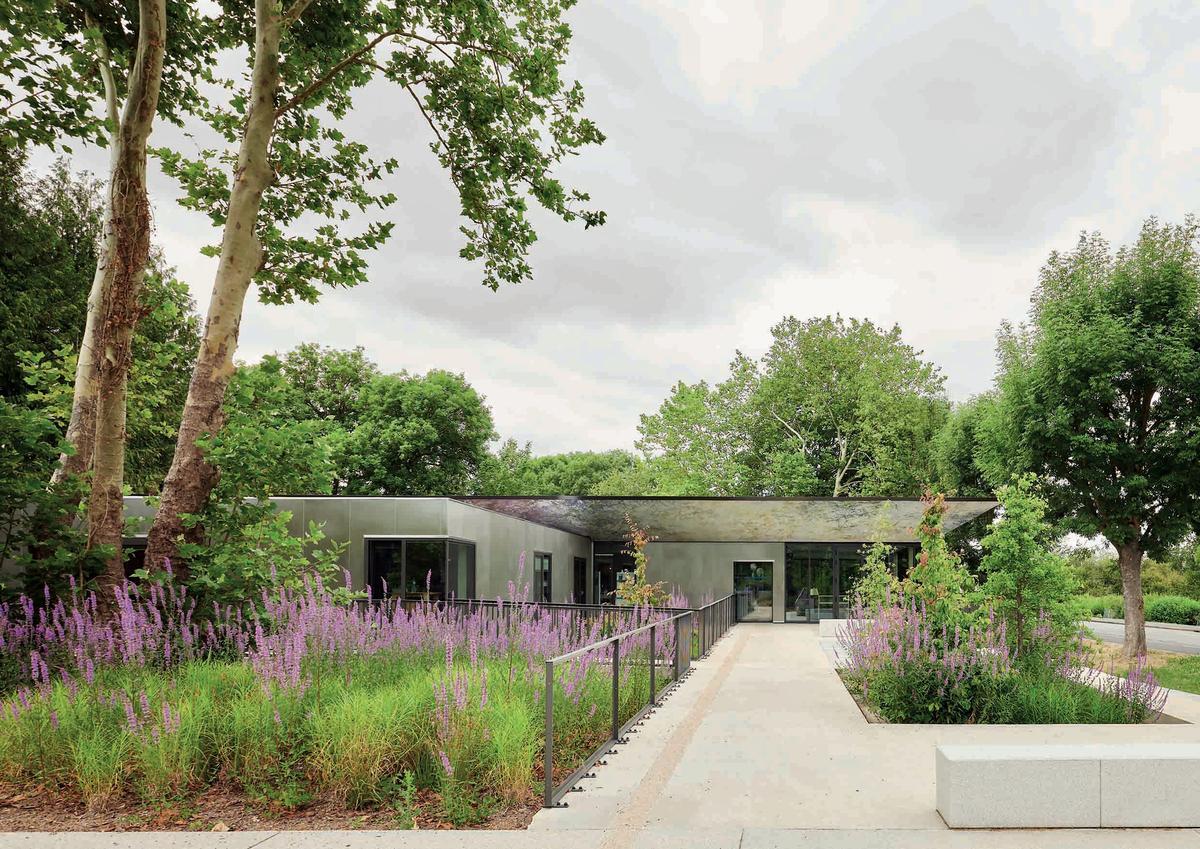Active communities
-
Sustainable District Heating and Cooling in Europe

-
GROOF project

-
Improving people's health through Indoor Air Quality (IAQ) in Europe

-
CILECCTA Construction Industry LifE Cycle CosT Analysis software - Project Community

-
D2 Grids Project Partners

-
Construction21 project team community

-
The Bio-Based Buildings International Community (B3IC)

-
BUILD UPON Co-Creating National Renovation Strategies

-
Sustainable construction in tropical and hot climates

-
SB&WRC, European research project for bio & waste construction resources


Life Cycle Assessment of products and buildings
Open community to professionals interested in the application of Life Cycle Thinking into the building sector.
- Animateur : User User
- Group access : public
- Number of members : 100
- Member organizations



